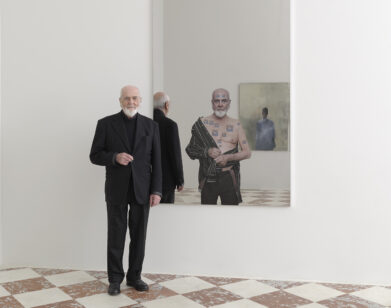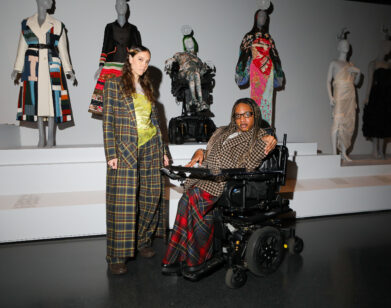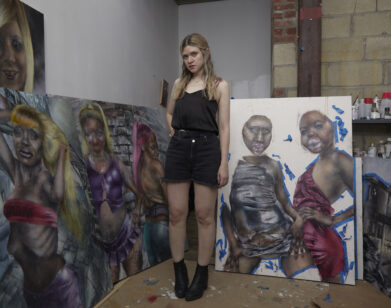Gary Hume Paints the Beauty of What’s Left Behind
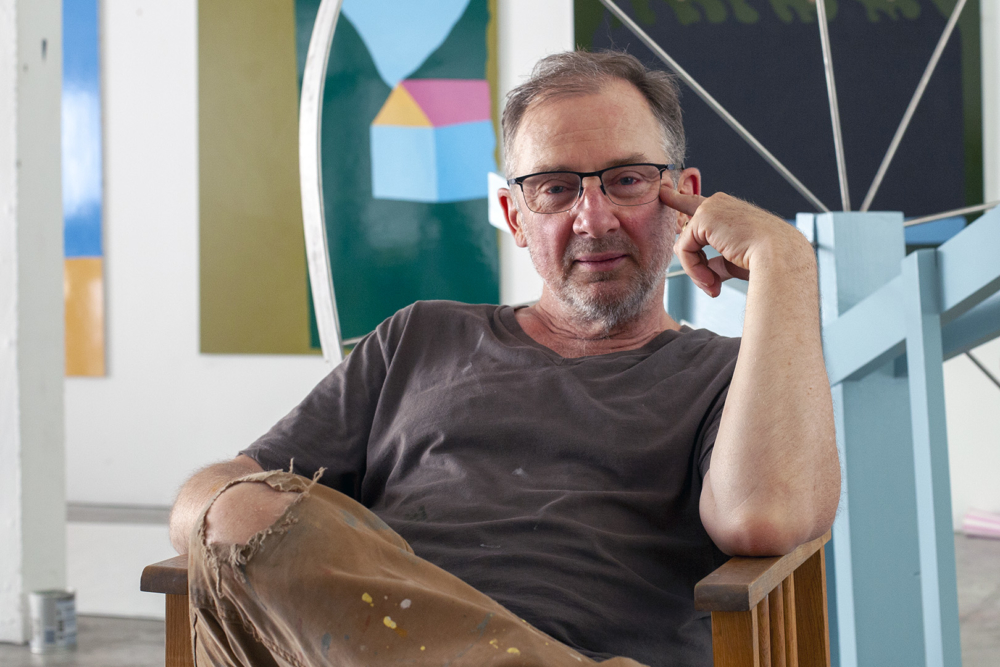
Photo by Voytek Ketz, courtesy Matthew Marks Gallery.
Gary Hume doesn’t want to worry about art–his ambitions extend beyond the dimensions of a canvas, into the nebulous atmosphere of empathy, memory, and meaning. Hume’s latest exhibition, Destroyed School Paintings, explores the tenuous veil between trauma and nostalgia, now on view at Matthew Marks gallery in Chelsea, New York. The artist’s new collection, which consists of fourteen paintings and six sculptures, was inspired by images he saw in newspapers depicting conflicts in the Middle East—many of them of burnt down school buildings, haunting remnants of lost innocence. “I was quite happy just to turn the goddamn page when I looked at all of the horror,” says Hume. In particular, the flowers and houses he saw etched on blackboards amid piles of rubble reminded him of murals from his own elementary school past, and his children’s too. “We’ve all been to kindergarten, we’ve all taken our children or our nephews and nieces or god-children to school,” he continues. “The fear and the empathy just overwhelmed me.” Rather than emphasize these often-sensationalized images of violence, however, he chose to depict the paintings left behind. Below, Hume walks us through some of the works in Destroyed School Paintings, which convey a universal sentimentality in their childlike, Matisse-esque simplicity.
———
“Red Flower”
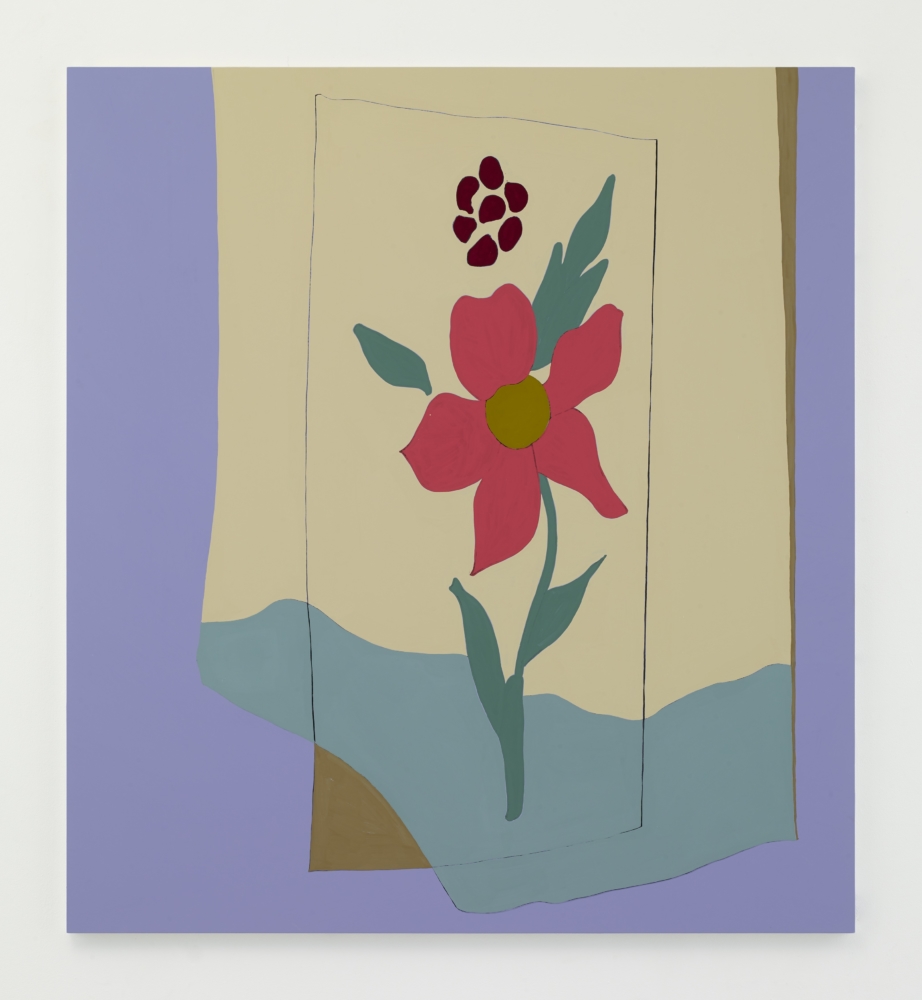
“I see this hideous photograph of a school that’s being bombed or malted or shelled, and there’s holes and shit everywhere, and broken equipment, and dust everywhere. There’s books, and either a body or bodies, or pools of congealed blood. And I take out all of that and I just focus in on the little bit that I can see that was made with hope. Maybe it’s just me, but I’ve become so exhausted. How do we feel anymore? Having any empathy for these people in this situation? It’s all horrible. It’s an absolute nightmare. I wish it didn’t happen. I wish it would stop. I want to turn the page and read about the new movie, because I don’t really want to go there. I’ve just become inured to it. But what really struck me in these photographs that made me start to rip them out the newspapers was that there was something there that it wasn’t really being photographed by the photographer. The destruction was being photographed. The brutality, the carnage was the subject of the photograph, and what struck an unbearable empathetic chord was seeing these fragments of hope and dreams and a sensation of safety.”
———
“The Blackboard”
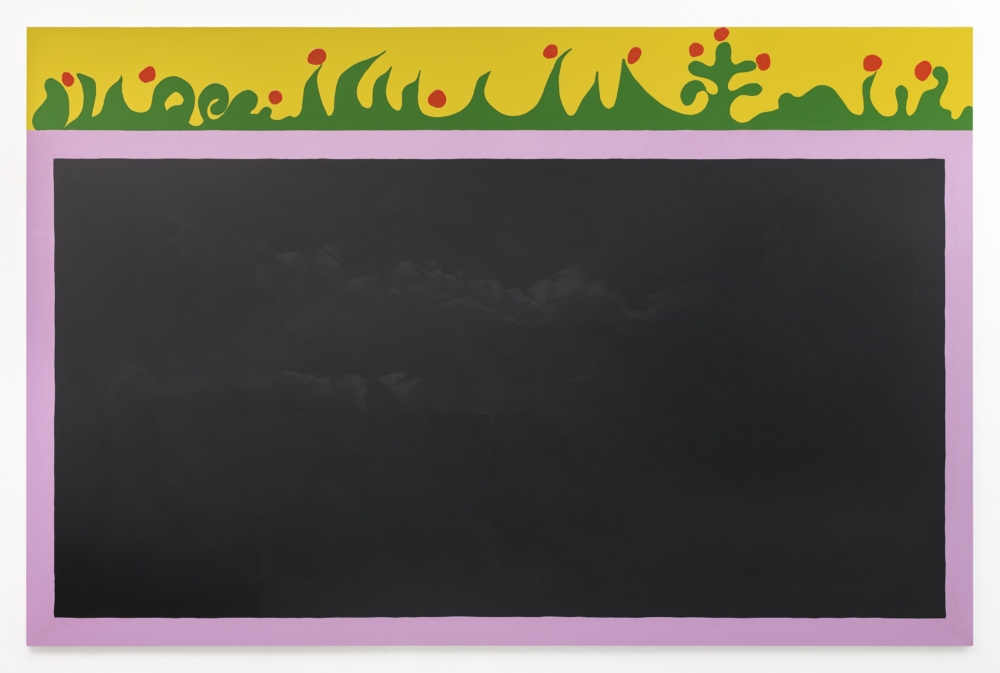
“They don’t have blackboards. They paint with blackboard paint directly on the wall. And then they decorate around the edge with more paint. I was remembering taking my child to school and seeing murals painted on the corridors in the schools and looking down at him and going, ‘Look, it looks lovely, doesn’t it? You’ll be happy here.’ To be able only to get these glimpses of that potential really woke me up. I thought that maybe it’s possible to make images of horror that could affect me still. We’ve all been to kindergarten, we’ve all taken our children or our nephews and nieces or god-children to school. And the fear and the empathy just overwhelmed me, which was quite shocking because, of course, I was quite happy just to turn the goddamn page when I looked at all of the horror.”
———
“The Flame”
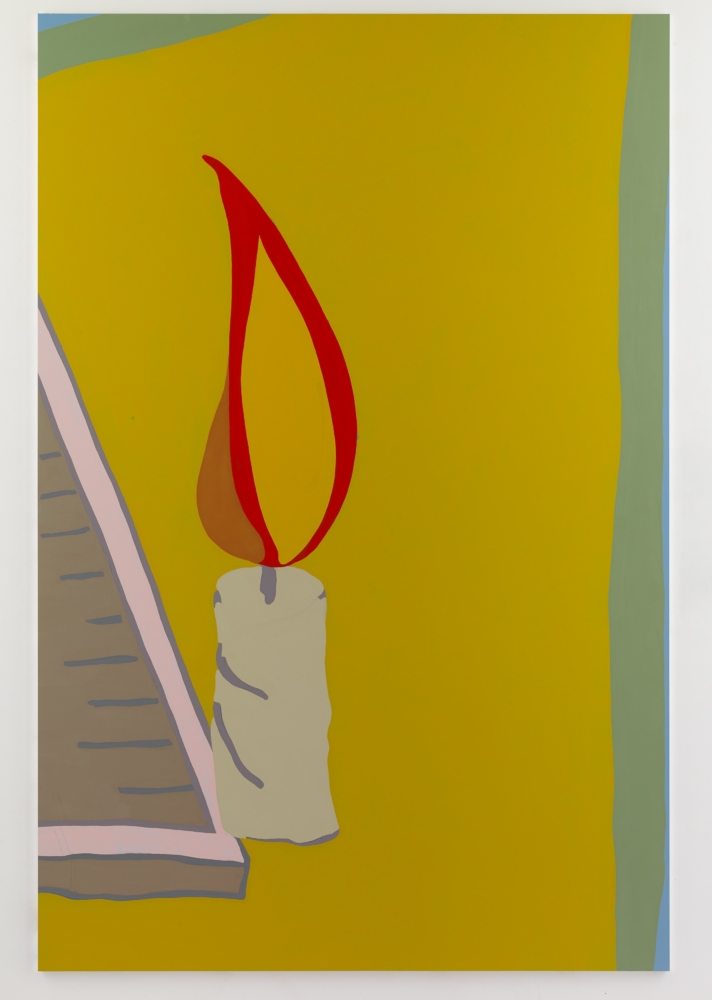
“I always paint on aluminum. These paintings are painted quite differently than I normally paint. They’re all painted one color initially. You could see a little bit of blue down the right hand side. This whole painting was at blue and then, all in one go, I paint the painting on it. But, weirdly, I need to have one color that enables me to float the painting onto it without trying to make the painting. I’m not making it. Normally, I grow paintings, and I’m not growing this painting. I’m just floating this painting out for you to look at, like a message in a bottle.”
———
“The Teacher”
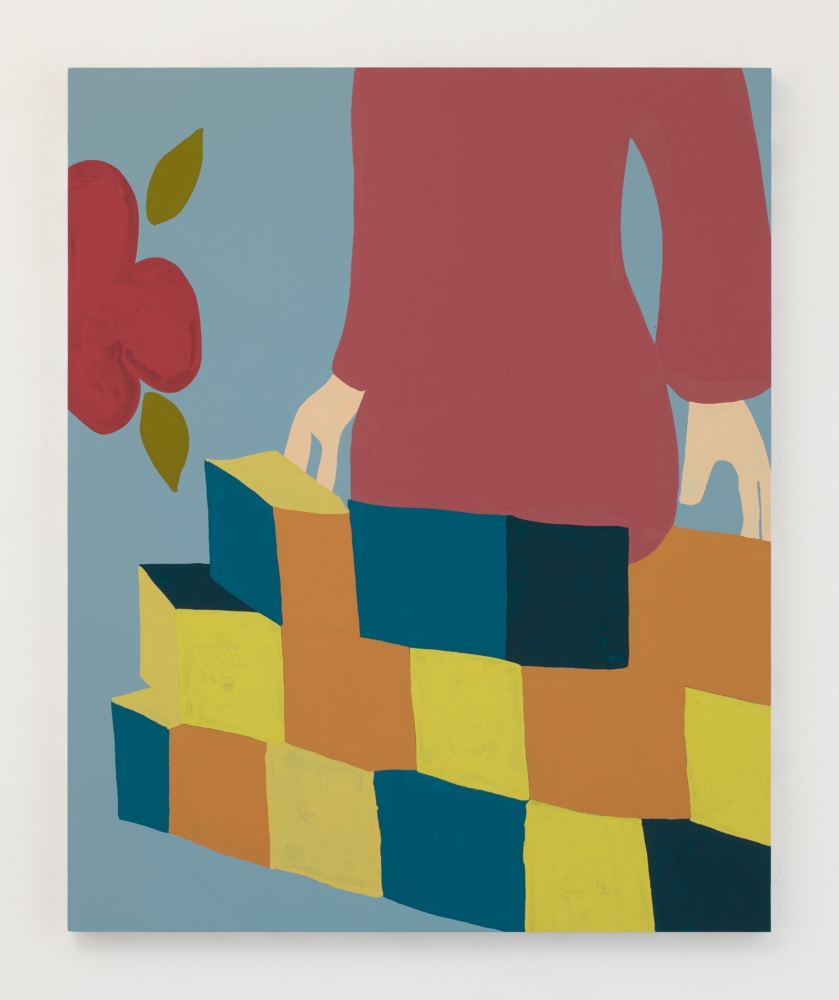
“That was interesting to me because it’s an image of a person. So that school wasn’t a Muslim school—otherwise they wouldn’t have a person on it because you’re not allowed to paint people. I purposely did not log where the school was or what religion the school was or anything like that, because I didn’t want to specify a conflict, because it’s never fucking ending. The desire to build empathy is not to say, ‘Oh well, thank God that’s over.’ ‘Assad won,’ or ‘Taliban won,’ or ‘America won.’ It’s any of us. I think that’s why I wanted to do her quite small. I didn’t want her to become an image of a person. It’s just a funny old shape, with funny, little, pinky, shapey-weird hand thing, but if she was nine feet tall, I thought that she would dominate the room. She wouldn’t be something I looked at. It would be something that looked at me, and I wanted to look at her.”
———
“Remnant”
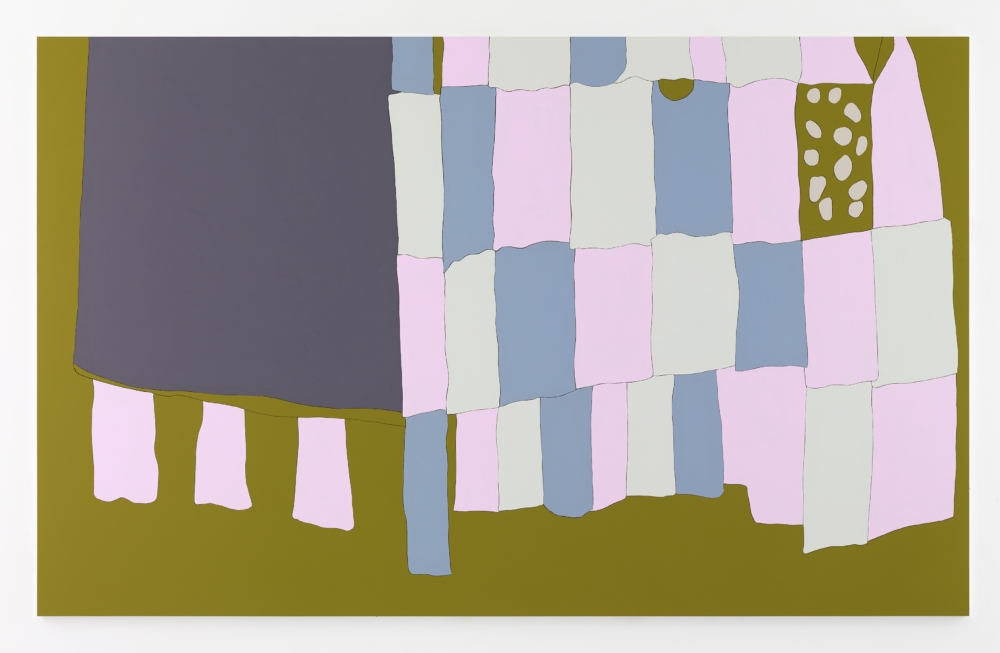
“It‘s tiles hanging down, and it’s like a little dress or an apron. That one seen outside of a school, and they’re the ceramic tiles that were on the school that have been blown off. You can see the little blobs of cement that you put on the back on the wall when you tile. It’s an interesting dilemma about the language and context. I’m calling them ‘Destroyed School Paintings,’ and then I’m giving them titles with a word that gives you a gentle ‘in.’ But of course, language, having a conversation about them, makes it clear that what they contain is what is lost. Is that only visible once we’ve had the language? The majority of people who will go to the exhibition, they probably won’t bother reading anything. Whether we even write anything, they’ll just be pretty pictures that are a bit weird. It’s a confusing thing for me to write up how overt to be other than just speaking to people. They’re better when you know that they only really contain loss.”




